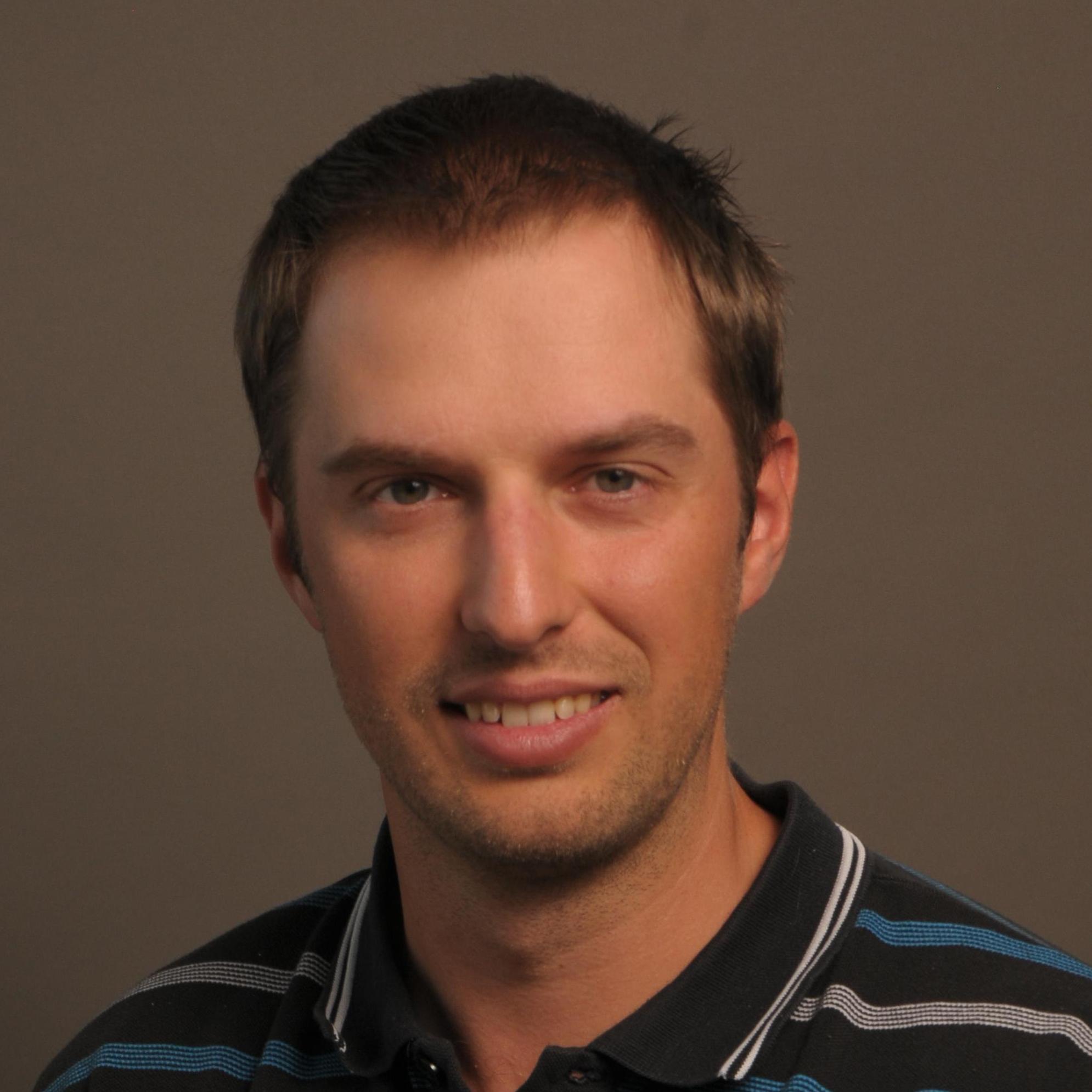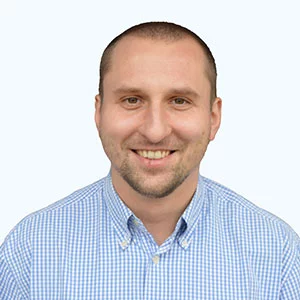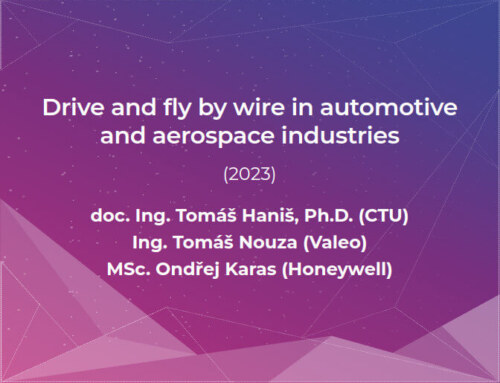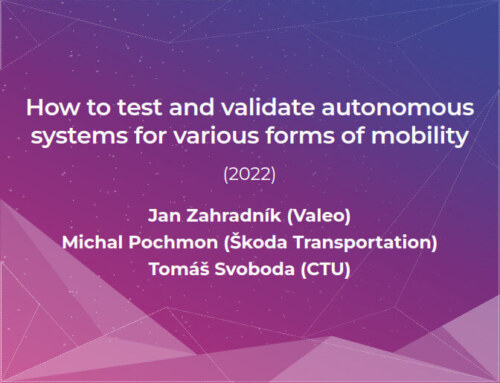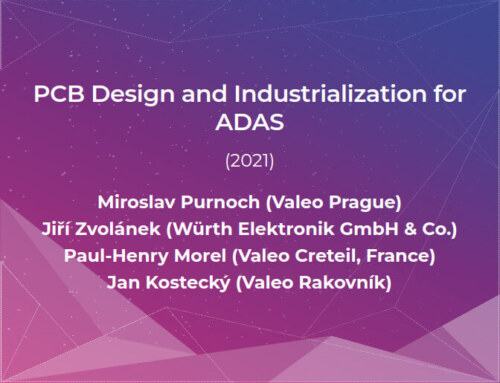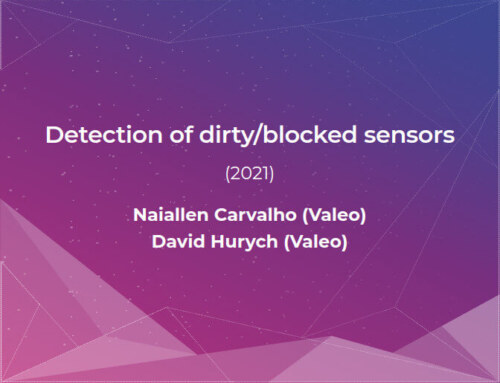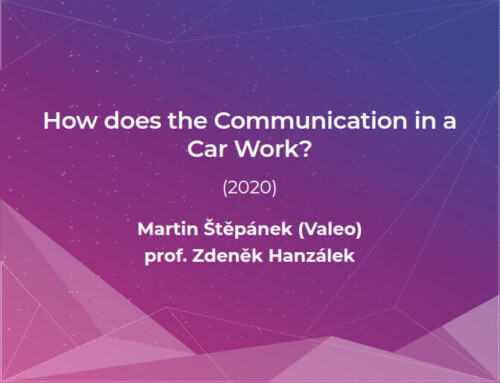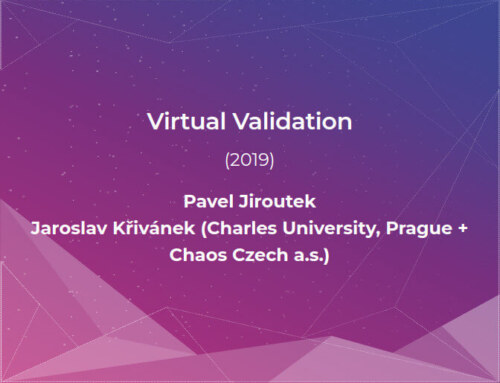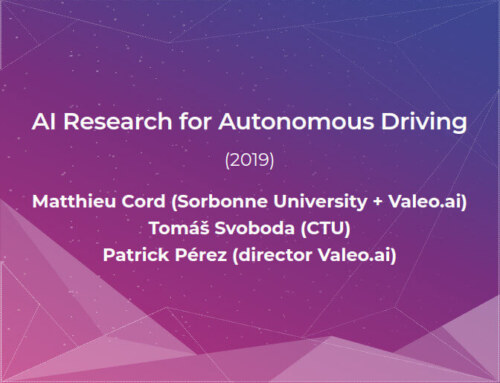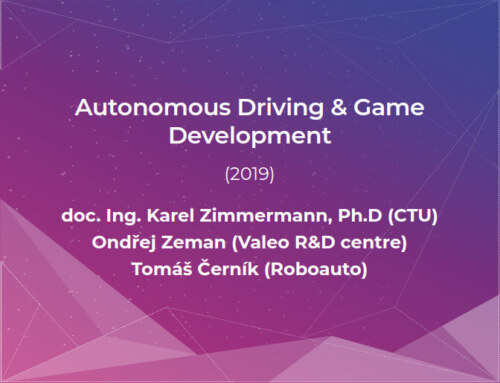The technical evening was focused on laser and optics in automotive technology. We delved into the world where cutting-edge laser and optical technologies intersect with the automotive industry, driving innovation and shaping the future of transportation.
Here you can find a record of the event.
Speakers:
Lidar systems have specific requirement for the optics in the sending and the receiving path. Despite the fact that there can be similarities with camera system, the lidar nature significantly impacts the design process and requirements. We will present design approach for the lidar based optics and simple introduction of the various automotive lidar systems.
Laser manufacturing technologies can be utilized in the production process both directly on components and indirectly on manufacturing tools. Direct production is something everyone can envision, involving technologies such as welding, soldering, as well as selective removal of thin layers. You might be surprised by the indirect use of lasers in manufacturing. Technologies like treatment of molds, laser shock peening (LSP) or targeted surface hardening fall under this category. The lecture will introduce case studies of selected technologies.
Application of lasers and the general miniaturization of LED light sources in the automotive industry allows for use of diffractive optics in addition to conventional refractive and reflective elements. Diffractive micro and nano-structures offer much higher flexibility in optical function, are usually thin and lightweight, and can be mass produced using very effective replication processes. This contribution will present the approaches and technologies used in the IQS Group holding company for the design and mass production of micro and nano- structured components in several interesting application areas. Nano- structured optics provide new solutions also for automotive applications such as exterior and interior lighting, various optical sensors, lidars, camera systems and others. Selected representative use cases will be presented that demonstrate the advantages of diffractive approach.
